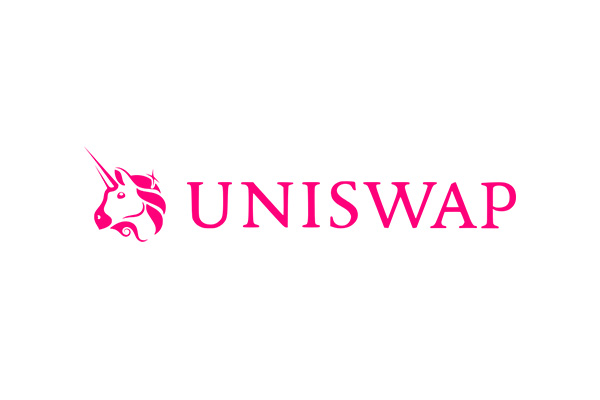Uniswap
What Is Uniswap (UNI)?
Uniswap is a popular decentralized trading protocol, known for its role in facilitating automated trading of decentralized finance (eFi) tokens.
An example of an automated market maker (AMM), Uniswap launched in November 2018, but has gained considerable popularity this year thanks to the DeFi phenomenon and associated surge in token trading.
Uniswap aims to keep token trading automated and completely open to anyone who holds tokens, while improving the efficiency of trading versus that on traditional exchanges.
Uniswap creates more efficiency by solving liquidity issues with automated solutions, avoiding the problems which plagued the first decentralized exchanges.
In September 2020, Uniswap went a step further by creating and awarding its own governance token, UNI, to past users of the protocol. This added both profitability potential and the ability for users to shape its future — an attractive aspect of decentralized entities.
Who Are the Founders of Uniswap?
Uniswap came about as a plan to introduce AMMs on Ethereum to a wider audience. The platform’s creator is Ethereum developer Hayden Adams.
Adams worked in various projects while finalizing Uniswap, and his work was informed directly by Ethereum creator Vitalik Buterin. Buterin even ended up giving the protocol its name — it was originally known as Unipeg.
Adams has also said that the original inspiration for the Uniswap platform came from one of Buterin’s own blog posts. His original idea to focus on Ethereum came after a friend convinced him to begin researching and understanding the protocol in 2017.
What Makes Uniswap Unique?
Uniswap exists to create liquidity — and therefore trading and the value that trading provides — for the DeFi sphere.
One of the major AMMs in operation at present, the protocol functions using a formula for automated exchange — X x Y = K. Founder Hayden Adams describes himself as the inventor of the particular implementation of the formula on Uniswap.
Uniswap is not just a decentralized exchange; it attempts to solve the issues that platforms such as EtherDelta experienced with liquidity.
By automating the process of market making, the protocol inceventizes activity by limiting risk and reducing costs for all parties. The mechanism also removes identity requirements for users, and technically anyone can create a liquidity pool for any pair of tokens.
According to Uniswap, their governance token (UNI) was created in order to “officially enshrin[e] Uniswap as publicly-owned and self-sustainable infrastructure while continuing to carefully protect its indestructible and autonomous qualities.”
Uniswap V2 launched on Nov. 2, 2018, and introduced new features like ERC-20 pairs, price oracles, flash swaps and more. The latest version — Uniswap V3, launched on the mainnet on May 5, 2021. It features greater capital efficiency for liquidity providers, better execution for traders and enhanced infrastructure. Uniswap price reached an all-time high (ATH) of $44.97 leading up to the mainnet launch of V3. Since it’s launch there has been substantial interest in it’s UNI to AUD and UNI to EUR price pairs.

